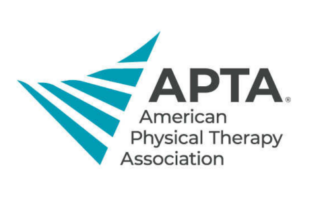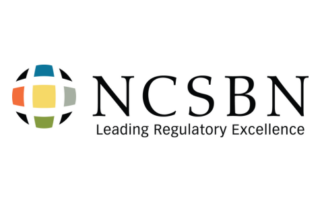The Alliance for Connected Care aims to:
Demonstrate the importance of Connected Care as a tool for improved quality and efficiency.
Build significant and high-level support for Connected Care among leaders in Congress and the Administration.
Enable more telehealth to support new models of care.
Lift geographic and site restrictions for telehealth in Medicare.
Establish a consensus-based, standardized definition of Connected Care to advance with policymakers.
Alliance News
Alliance Submits Statement for the Ways and Means Health Subcommittee Hearing on Modernizing American Health Care
The Alliance for Connected Care submitted a statement for the record for the House Ways and Means, Subcommittee on Health hearing, "Modernizing American Health Care: Creating Healthy Options and Better Incentives” on February 11, 2025. "Telehealth has supported greater access to care nationwide, including for the more than 30 million Americans in Medicare and many of the 33 million Americans with High-Deductible Health Plans and Health Savings Accounts.... "While we deeply appreciate Congressional action to extend Medicare telehealth provisions through March 31, 2025, this was unfortunately only part of the extension needed to preserve full access to telehealth services. It [...]
Nature Research Intelligence: Several Virtual Care Studies
Nature Research Intelligence: Several Virtual Care Studies The Nature Research Intelligence released several topic summaries on virtual care including: Appointment Non-Attendance in Outpatient Health Care Settings – This summary reviewed the impact of telehealth on appointment adherence and found telehealth showed promise in reducing no-show rates. Tele-Audiology and Hearing Healthcare During the COVID-19 Pandemic – This summary reviewed opportunities and challenges of tele-audiology. Chronic Obstructive Pulmonary Disease Management and Telehealth – Telehealth and digital health technologies have emerged as promising solutions to enhance patient care, support self-management, and reduce the burden on healthcare systems. Recent research has explored various [...]
JMIR: Regulation and Compliance in Telemedicine
JMIR: Regulation and Compliance in Telemedicine Researchers discussed critical challenges in telemedicine compliance and regulation. They specifically consider obstacles and progress toward solutions in telemedicine law and regulation regarding privacy and security issues, care across state borders, and prescribing over telemedicine in the United States. The findings suggest that simplified policies are needed to keep telemedicine accessible to providers and patients and that current privacy and security measures need refinement to protect patients appropriately.
Journal of Substance Use and Addiction Treatment: Feasibility and Acceptability of the Delivery of a Group Telehealth Intervention for Patients Receiving Buprenorphine for Opioid Use Disorder
Journal of Substance Use and Addiction Treatment: Feasibility and Acceptability of the Delivery of a Group Telehealth Intervention for Patients Receiving Buprenorphine for Opioid Use Disorder Patients receiving buprenorphine treatment for opioid use disorder (OUD), their support persons, and clinic staff were interviewed about their perceptions of a novel group telehealth intervention for support persons and then attended a single demo session of eINSPIRE to provide additional feedback OUD patients, support persons, and clinic staff indicated positive perspectives of the feasibility and acceptability of the eINSPIRE group telehealth intervention, but noted implementation barriers.
Frontiers in Endocrinology: Remote Patient Monitoring Program for Diabetes
Frontiers in Endocrinology: Remote Patient Monitoring Program for Diabetes The prevalence of diabetes continues to rise in the United States along with a shortage of endocrinologists. One proposed solution to this challenge is to deliver more specialty health care services through remote patient monitoring (RPM). In an RPM program for diabetes care at the University of Colorado, researchers found that RPM is an effective care model for improving glycemic control in patients with diabetes.




















